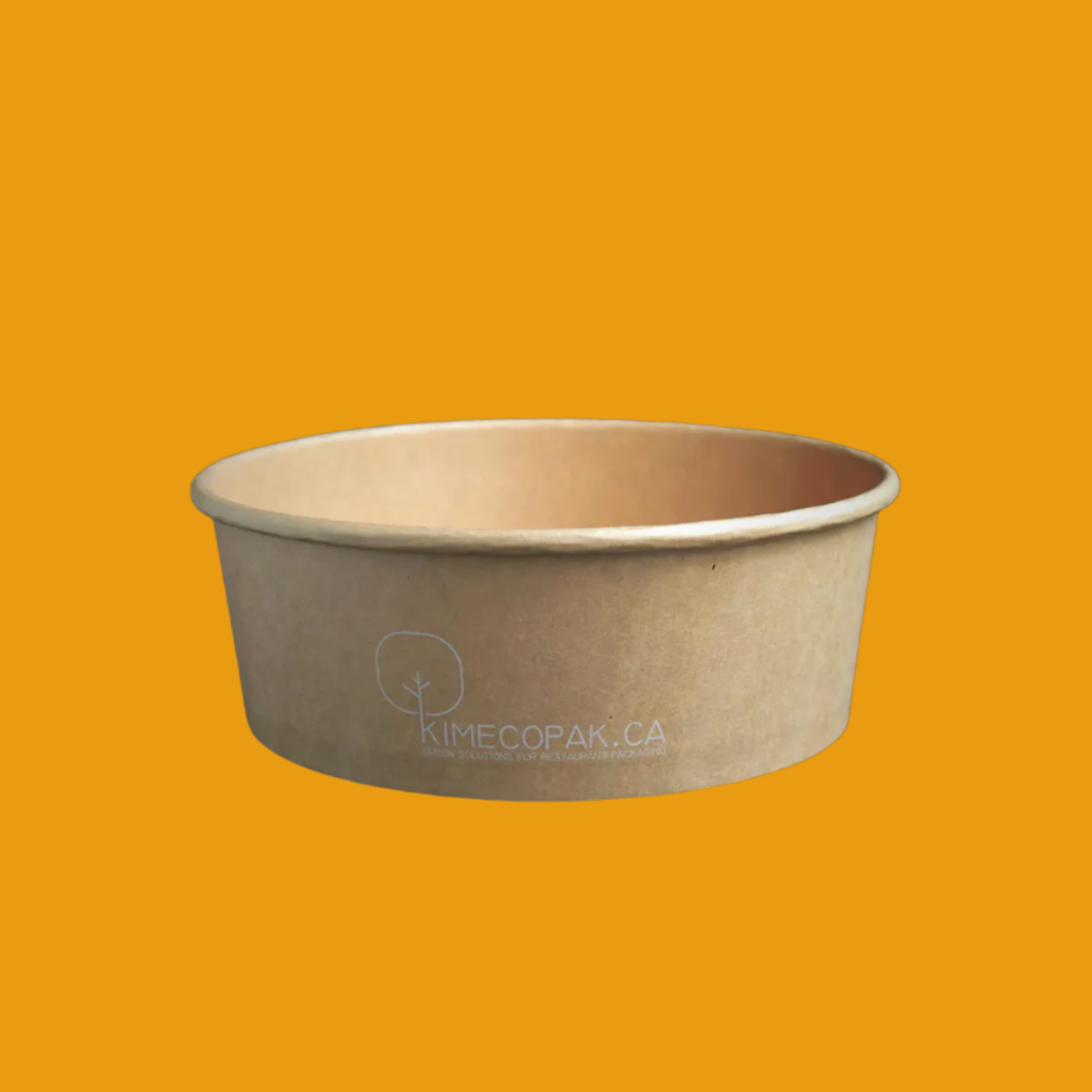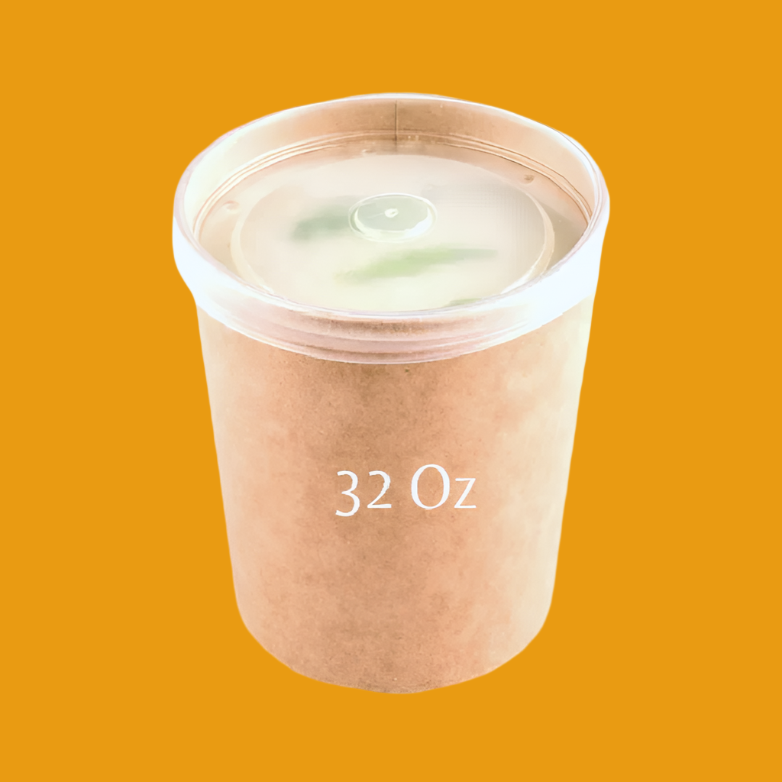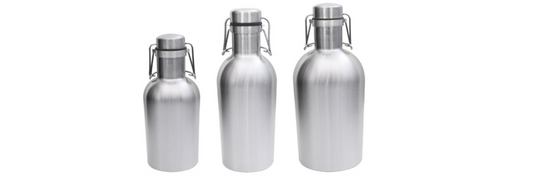Nowadays, the trend of using green packaging is gradually becoming a global trend. Green packaging is come out with that are both convenient and safe for the environment and people’s health. Let’s dig deep into how green sustainable packaging change our life in this blog with KimEcopak.
What is Green Packaging?
Green packaging, also known as sustainable packaging or eco-friendly packaging, refers to packaging solutions that minimize environmental impact. It includes materials and designs that reduce waste, conserve resources, and lower carbon footprints while maintaining functionality and durability.

Types of Materials Used in Green Packaging
Recyclable Packaging
Recyclable packaging is made from recyclable materials such as cardboard, glass, and paper,...Recyclable material is materials that can be reused in another form through the process of “recycling”.
-
Cardboard & Paper: Easily recyclable and biodegradable, often used for boxes, bags, and wrapping.
-
Glass: 100% recyclable and can be reused multiple times without losing quality.
-
Metal (Aluminum & Steel): Commonly used for cans and containers, highly recyclable with minimal energy consumption.

Biodegradable Packaging
Biodegradable packaging can break down naturally over time. After breaking down, biodegradable packaging does not leave any harmful pollutants.
-
Bioplastics (PLA, PHA): Made from corn starch or sugarcane, decomposes under certain conditions.
-
Mushroom Packaging: Created from agricultural waste and mycelium, fully biodegradable. Mushroom-based packaging makes use of agricultural waste and is held together in a packaging of mycelium, or mushroom roots. This type of packaging is biodegradable and environmentally friendly.

Compostable Packaging
Packaging that can be composted is produced from substances that can break down naturally and return to the earth without leaving any harmful residue.
-
Bagasse (Sugarcane Fiber): Used for food containers and trays, compostable in industrial facilities.
-
Seaweed-based Films: Alternative to plastic wraps, dissolves in water with no harmful residue.
Renewable Packaging
-
Bamboo & Palm Leaves: Strong and sustainable, commonly used for plates, cutlery, and containers.
-
Hemp-based Paper: Grows faster than trees, requiring fewer chemicals in production.
Reusable Packaging
After being utilized for its primary purpose, reusable packaging can be used once more for the same or a different purpose.
For example, when you place an online order, cardboard boxes can be used to deliver packages. After that, they can also be used to store items.
Other Eco-Friendly Materials
-
Recycled Plastic (rPET, HDPE): Helps reduce new plastic production while being reusable.
-
Beeswax Wraps: A natural alternative to plastic wraps, reusable and compostable.
Benefits of Green Packaging
Reducing Environmental Impact
Green packaging helps in cutting down landfill waste and decreasing pollution by utilizing sustainable materials. Many eco-friendly packaging options decompose naturally, reducing the burden on landfills and oceans.
Cost Savings in the Long Run
Although initial costs may be higher, businesses can save money in the long run by using lighter, recyclable, or reusable materials that lower shipping and production expenses. Green packaging also attracts environmentally conscious consumers, increasing brand loyalty and sales.
Compliance with Environmental Regulations
Governments worldwide, including Canada, the U.S., and the EU, are tightening regulations on packaging waste. Companies adopting sustainable packaging solutions can stay compliant and avoid fines.
Enhancing Brand Reputation & Customer Loyalty
Consumers are increasingly choosing brands that demonstrate sustainability. Green packaging improves brand perception, showing a commitment to environmental responsibility, which can lead to greater customer trust and loyalty.
How Businesses Can Implement Green Packaging
Transitioning from Traditional to Green Packaging
-
Conduct a packaging audit to identify wasteful practices.
-
Source eco-friendly alternatives suited for your industry.
-
Partner with sustainable packaging suppliers.
Key Considerations When Choosing Green Packaging
-
Functionality: Ensure the material protects and preserves the product.
-
Supply Chain Sustainability: Choose suppliers with ethical sourcing.
-
End-of-Life Disposal: Opt for materials that are easy to recycle or compost.
Case Studies of Successful Green Packaging Implementation
-
Lush Cosmetics: Uses biodegradable and minimal packaging.
-
Patagonia: Implements recycled and compostable materials.
-
Amazon’s Frustration-Free Packaging: Eliminates unnecessary plastic and uses recycled materials.
4 Steps To Change To Environmentally Friendly Packaging
Don't Change Everything At The Same Time
If you attempt to adjust everything at once, it is not okay. Start with one or two samples and evaluate the outcomes before switching all of your current packaging to green packaging.
Order Product Samples
These days, there are many businesses that provide environmentally friendly packaging. The best way to find out which one is right for you is to buy several samples to test.
Here are some factors to consider:
- Check for compatibility with your products.
- Check the packaging's durability.
- Select packaging that can fit your product and is substantial enough.
Price Adjustment
The cost of materials and shipping can differ depending on the type of green packaging. As a result, you need to consider adjusting the pricing accordingly.
Start With Small Quantity Order
If you have just started working with a new sustainable packaging supplier. You should order a small quantity to judge durability, customer reception, and overall performance against your old packaging. Then you can start ordering more when you fully transition to the new packaging.
Green Packaging in Canada – Trends & Regulations
Sustainable Packaging Market in Canada
The demand for eco-friendly packaging Canada is growing, driven by corporate responsibility initiatives and government policies.
Government Regulations on Green Packaging
-
Canada’s Single-Use Plastics Ban: Restrictions on plastic bags, cutlery, and Styrofoam containers.
-
Extended Producer Responsibility (EPR): Companies must manage the lifecycle of their packaging waste.
Leading Canadian Brands in Green Packaging
-
Kraft Heinz Canada: Transitioning to 100% recyclable, reusable, or compostable packaging by 2025.
-
Maple Leaf Foods: Committed to using sustainable packaging and reducing carbon footprint.
Top 4 Eco-Friendly Brand Green Packaging in Canada
Calvin Klein
Currently, 74% of Calvin Klein’s packaging is already recyclable. This brand aims to be a zero-waste company by 2030.
ASOS
Since 2019, ASOS has removed 40% of its own packaging. Instead, they use packaging sized appropriately for products, which helps the carbon footprint of the mail bags have been diminished by 27%. This brand has removed 75% of the packaging in 80,000+ ASOS DESIGN shoe boxes. Moreover, ASOS has stopped using return slips and using the returns online method.
Puma
Zara currently is producing recyclable packaging. In addition, customers can bring their unwanted items back to stores to be recycled or repurposed. Zara aims for 100% landfill free by 2025.
KimEcopak

KimEcopak is a sustainable packaging company founded by an entrepreneur named Kim Vu. Currently, KimEcopak provides an extensive range of eco-friendly products Canada that cater to the unique needs of Canadian restaurants, including compostable, biodegradable, and sustainable food packaging in a variety of sizes and green materials, all at an impressively affordable price.
Conclusion
Green packaging is no longer an option but a necessity for businesses seeking sustainability. By adopting eco-friendly materials, reducing waste, and complying with environmental policies, companies can enhance brand value, cut costs, and protect the planet.









